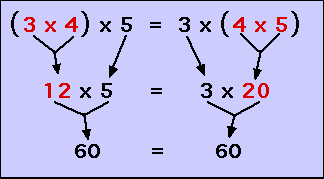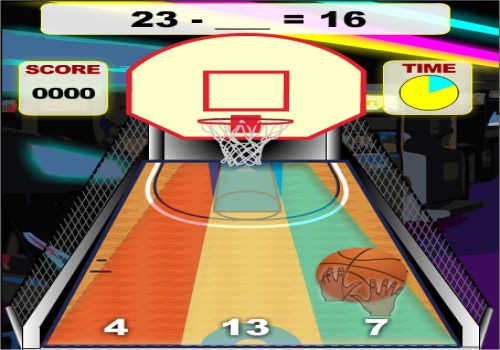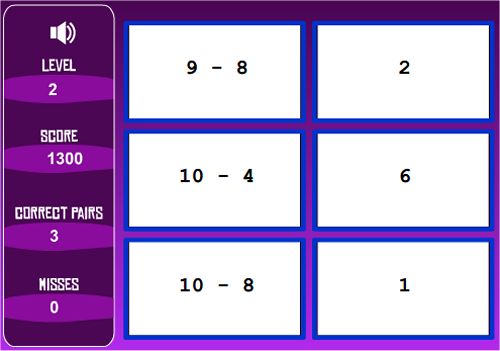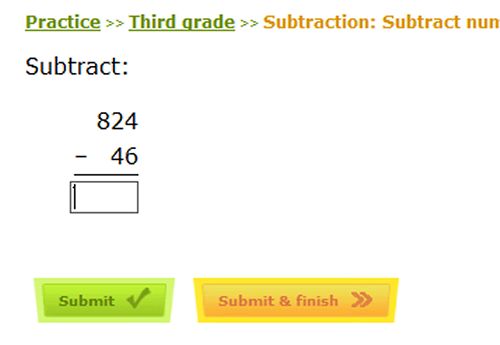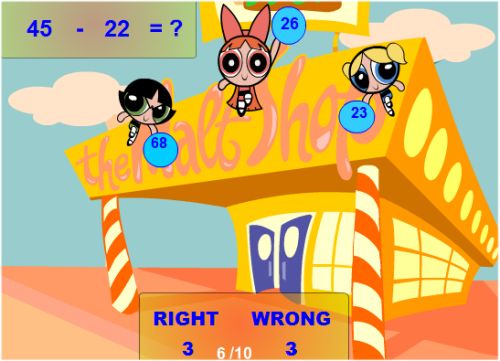One of the most important things to know when solving word problems is key words. Key Words can make all the difference in the world. They are by no means the only tool you need to have but they can definitely help hammer out some word problems.
We first learned addition and subtraction key words. We used BAITS to help us remember Addition Key Words.
Both
Altogether
In all
Total
Sum
Now it is time for some new key words. Here are two words to help you: PEGS and SPEEDS.
Since multiplication and division are related, they share some of the same key words. One way to know when to multiply or divide is to look for your total. Do you know how many total pieces of candy there are? Do you know your total number of people? If you know they total then you must be dividing because a division problem always starts with the total. Many times it will ask for the number of groups or the number in each group in the question.
Do you know how many groups there are? Do you know how many are in each group? If you do then you are multiplying. When you are multiplying you are looking for the total. Many times it will ask for the total in the question.
Below is the PowerPoint I use in class. It contains examples and practice and even some test prep.
Problem Solving with multipli...
More PowerPoint presentations from Elizabeth
Here are some games to give some practice:
 |
| Division Problem Solving |
 |
| Multiplication and Division Problem Solving |











